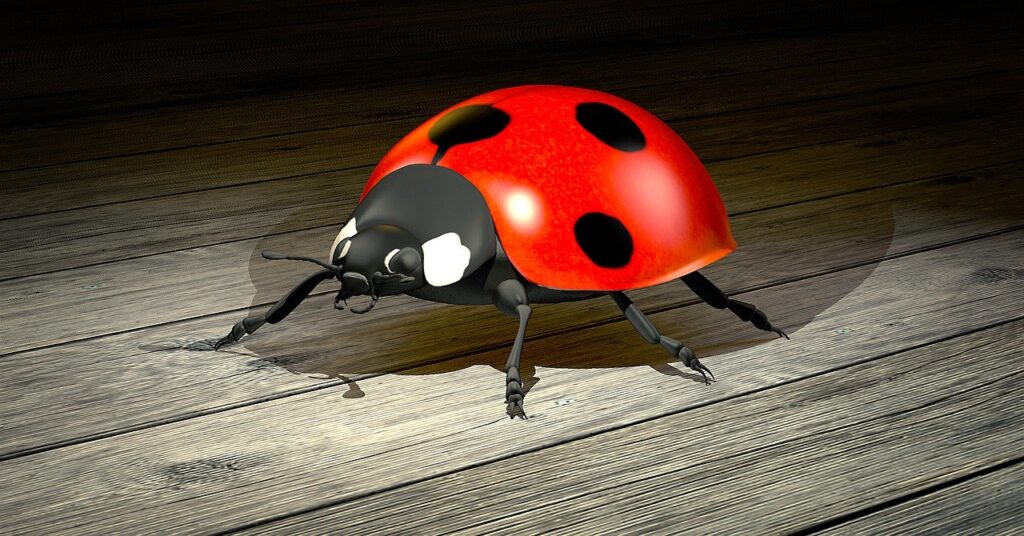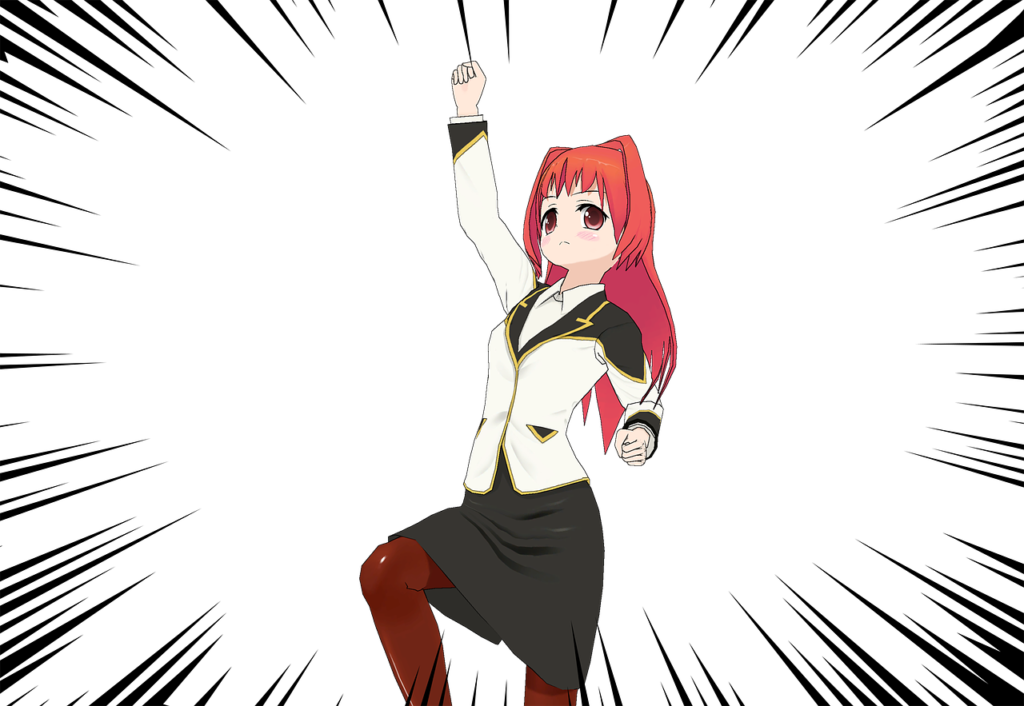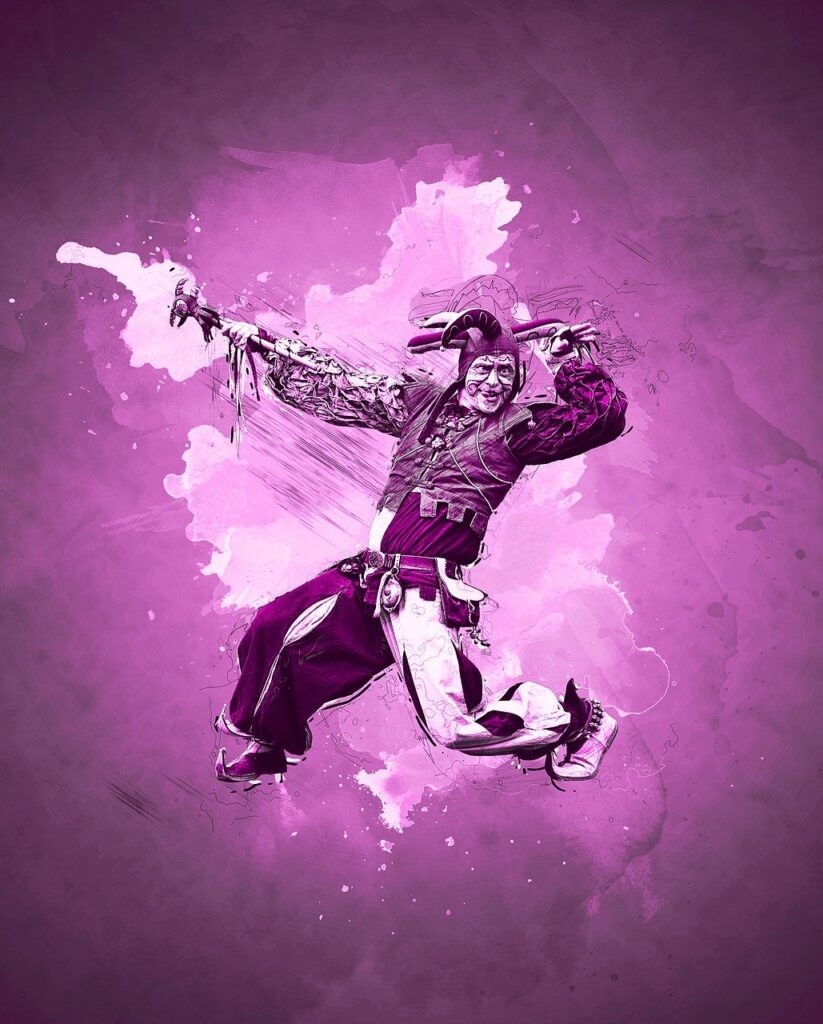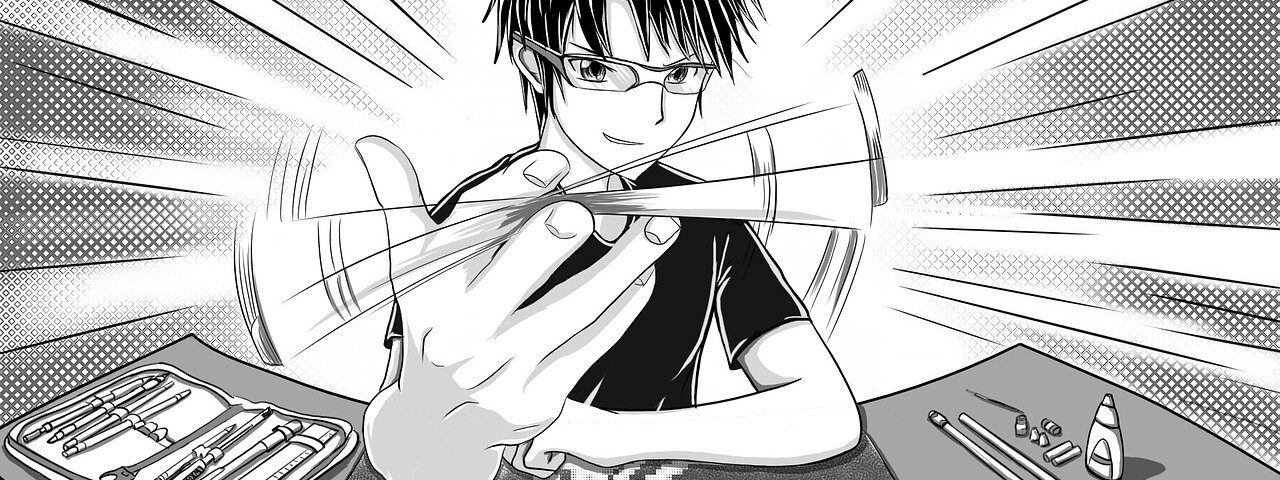The 12 Principles of Animation are a very crucial part of the animation world. Every animator should know or learn the 12 Principles of Animation. How can we ensure that our animations add to the user’s experience? The answer is through science and the principles of animation.

The 12 Principles of animation are:
1. Timing and Spacing
Timing and Spacing in animation provide objects and characters the motive to move within the laws of physics. The timing indicates the number of frames between two sets or the speed of action.
Spacing indicates how those individual frames are organized. For example, the Spacing would be how the ball is placed in the other 23 frames in the same instance. If the Spacing is close and put together, the ball moves slower. If the Spacing is far apart, the ball moves faster.
2. Squash and Stretch
Squash and stretch are what provide you with flexibility in objects. The simplest way to understand how squash and stretch perform is to look at a bouncing ball. As the ball falls and takes up speed, the ball will stretch out just before the impact. As the ball touches the base, it squashes before stretching again as it takes off.
There’s a lot of squash and stretch occurring in real life that you may overlook. Squash and stretch can be implemented in various areas of animation to add a comical filter or more appeal, like for the blink of an eye or when the character gets surprised or scared.

3. Anticipation
Anticipation is utilized in animation to set the viewers up for an action that is about to happen and is needed to sell believable movements.
A quick way to think about this is before a cricket player pitches the ball, they first have to move their entire body and arm backward to get enough energy to throw the ball in a forwarding direction. So, if an animated person has to move forward, they first must move backward. Or, if a character is trying to reach for a glass on a table, they must first place their hand back. This not only gains up their momentum, but it allows the audience to know this person is about to move.
4. Ease In and Ease Out
There has to be a time for acceleration and deceleration, like anything that moves or comes to a stop. Without slow in and slow out, movements become very abnormal and robotic. As a car moves far apart from a finish, it doesn’t just reach full speed in a single moment. It must first claim the desired rate. As it comes to an end, it doesn’t go from sixty to zero in one second. Instead, it slows down unless it reaches the last position.
The same must be needed in animation, and the simplest way to accomplish ease in and ease out is to use the principle of Spacing. As a character moves from a sitting position, the Spacing of each set will be closer together at the beginning so that they can be comfortable about the movement. As they stand up, they will slow out of the campaign by spacing the models further apart at the end of the action. Without the process of acceleration and deceleration of activities, everything would be challenging and jerky.

5. Follow Through and Overlapping Action
Everything runs at different speeds and other moments in real life, so going through and overlapping action is essential for capturing realistic and fluid movement.
Follow-through is the process that separates the body part that will continue running after the character has come to an end. As the animated creature comes to a stop from a walk, the hands may continue to go forward before settling down in a position.
Overlapping action (also known as “drag” or “lead and follow”) is very much the same, and it means various parts of the body will show movement at other times. An instance of overlapping action is when a character puts up their arm to wave: at first, the shoulder will move, then the arm, and then the portion of elbows, before the hand lags behind a few sets. You can also notice this when a blade of grass blows in the wind. The base portion moves first, and then the rest of the grass follows from the back at various rates, giving it that waving motion.
6. Arcs
Everything in actual life typically moves in some arcing motion. Since it’s abnormal for people to move in straight lines, you should adhere to this animation method to ensure you get simple, realistic movements. The quicker the actions are, the flatter the arc and the bigger the turn. The only thing that would move a perfectly straight line is a robot.
If a character is moving his head, he will duck his head down during the turn to make an arcing motion. You also need to ensure that more subtle elements move in arcs. For instance, when a character walks, even the tips of their legs should move in a rounded, arcing motion.
7. Exaggeration
Exaggeration is utilized to push movements further by including more appeal to action and should always be put up to some degree.
Exaggeration can be utilized to create highly cartoony movements, which include physical alterations or supernatural components. Or, embellishment can be integrated with a little more restraint for more actual actions. Alternatively, you can utilize exaggeration in the timing to enhance various movements or help sell the weight of an object or character.

8. Solid Drawing
In 2D animation, solid drawing is about making an accurate drawing of volume, balance, weight, shadow, and anatomy in a position. With 3D animation, animators have to think about how to pose out your 3D character rig to see whether there is correct balance and weight or not, as well as an unmistakable silhouette.
9. Appeal
This principle can quickly come down to adding more appeal (charisma) in various other areas of your animation, like in posing. However, the most obvious instance is an appeal in the object or character design as you want to have a character that the viewers can connect with or relate to. In contrast, a complex or confusing character design can need appeal. Always remember that appeal is also needed for villains.
10. Straight Ahead Pose and Action
Straight ahead action is a rapid and linear approach to animating and is animated from the beginning to finish, frame by frame. With this, you’ll make each pose of the animated series one after the other. So, if your character or object is landing on the ground after running or like jumping in the air, you would make the poses where he is footing, then the poses where he is starting to kneel, and then correctly crouched. In other words, you’re working through the animation as you’re going to build quick action fluid and dynamic.

11. Secondary Action
Secondary action indicates that the actions that support or emphasize the actual action breathe more life into the animation and make a more convincing performance. It’s essential to remember that the secondary action should be something subtle that doesn’t distract from the main action. For such reasons, dramatic movements grab more attention over things like facial acting or expressions.
12. Staging
Staging is how you set up your scene, from the portion of the characters, to the background and foreground components, the character’s mood, and how the camera’s angle is set up. Staging is utilized to make the purpose of the animation clearer to the viewer. You have to focus on what you need to communicate to the viewers (and avoid unnecessary information) to avoid confusion.
I hope my article has helped you to know about the 12 Principles of Animation.

